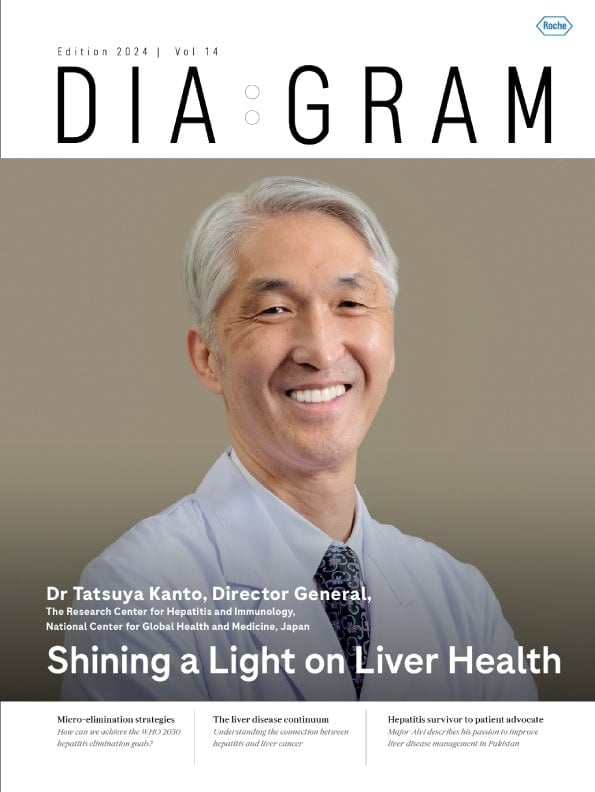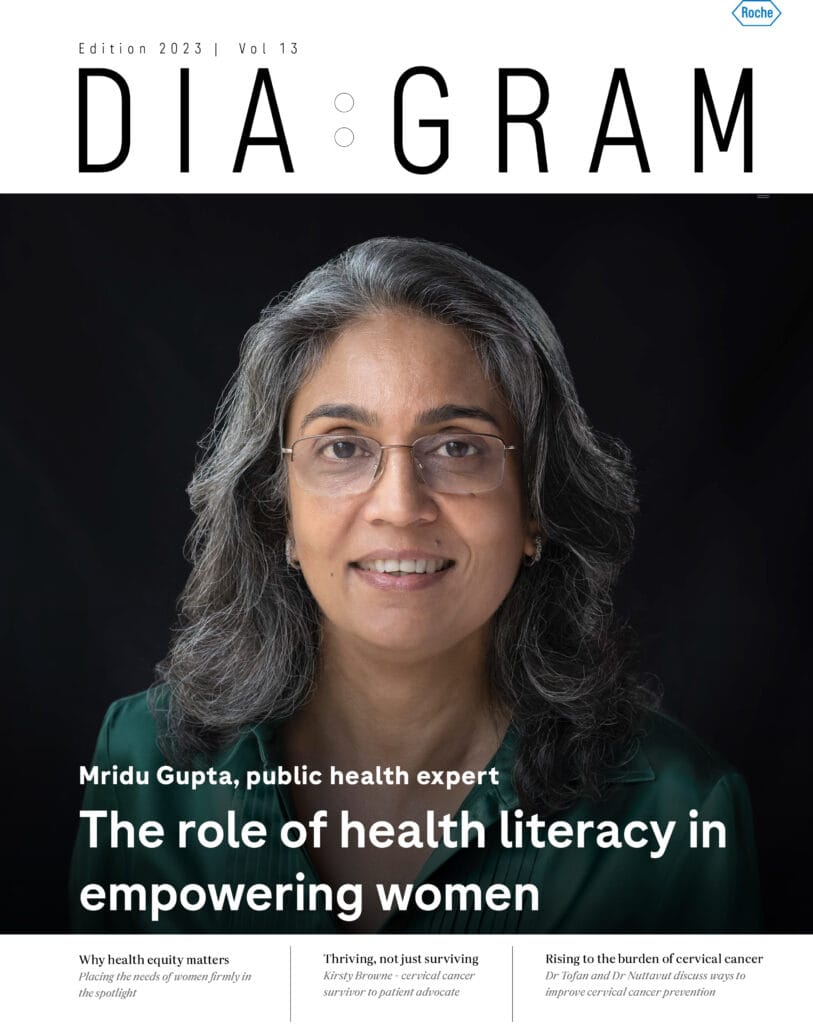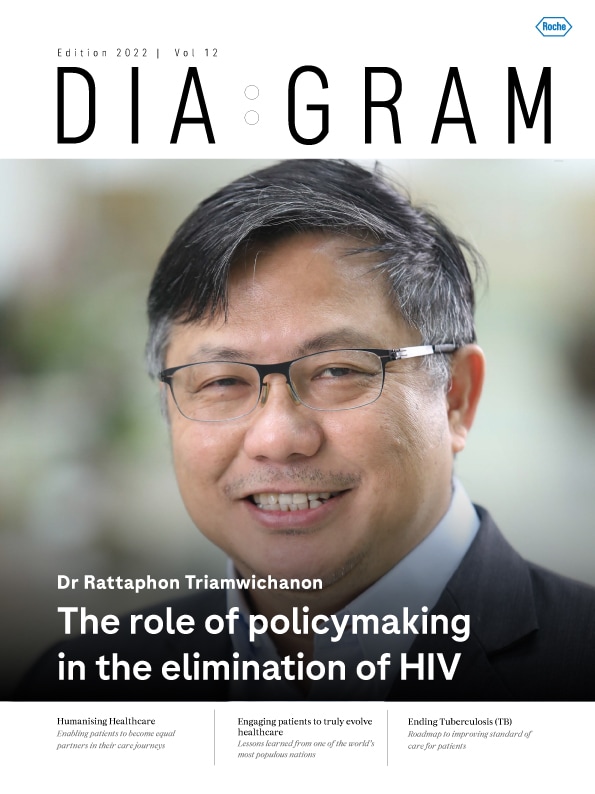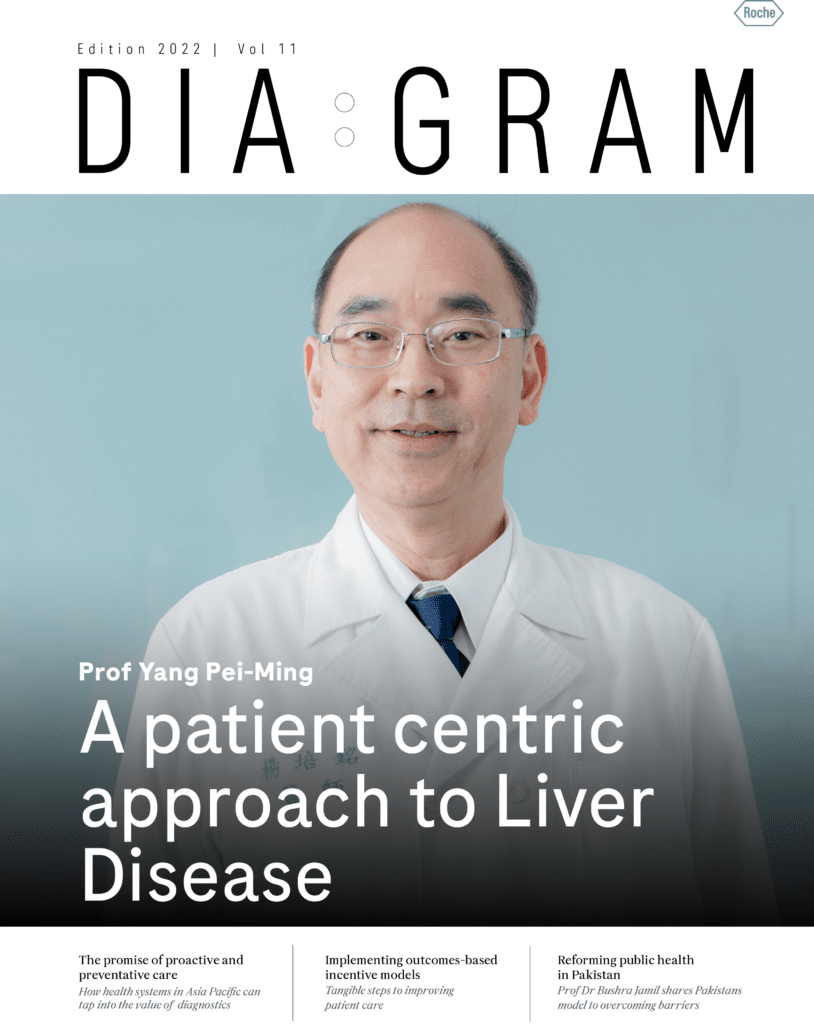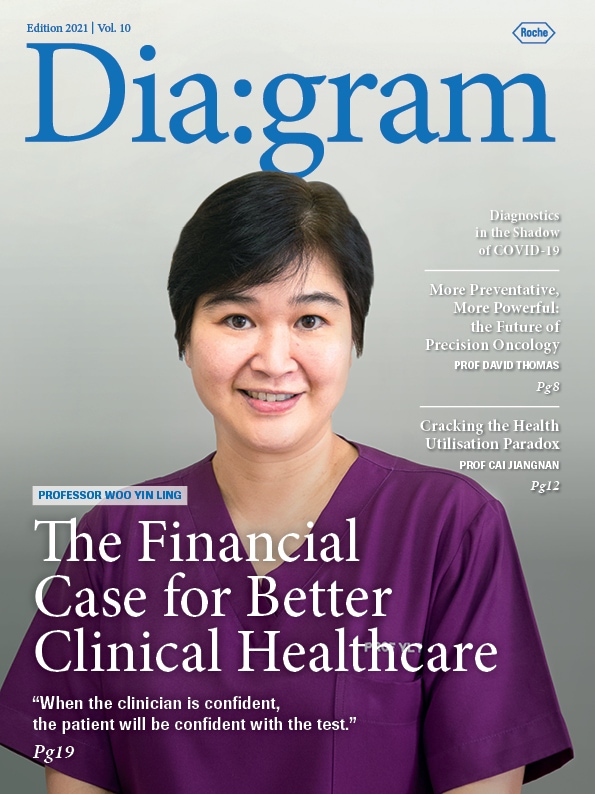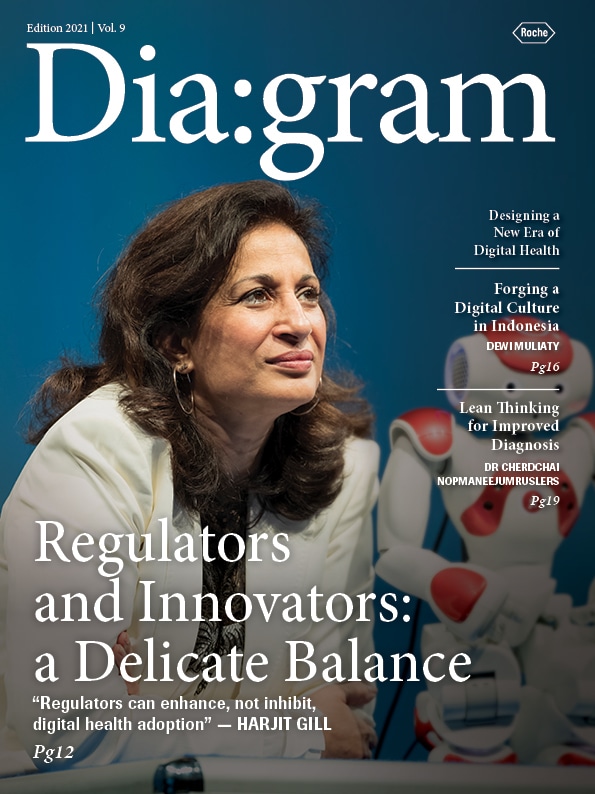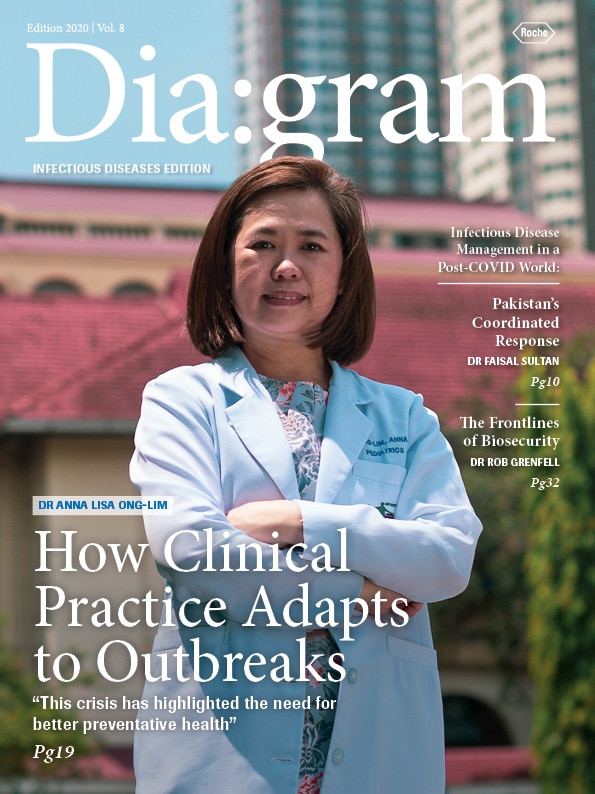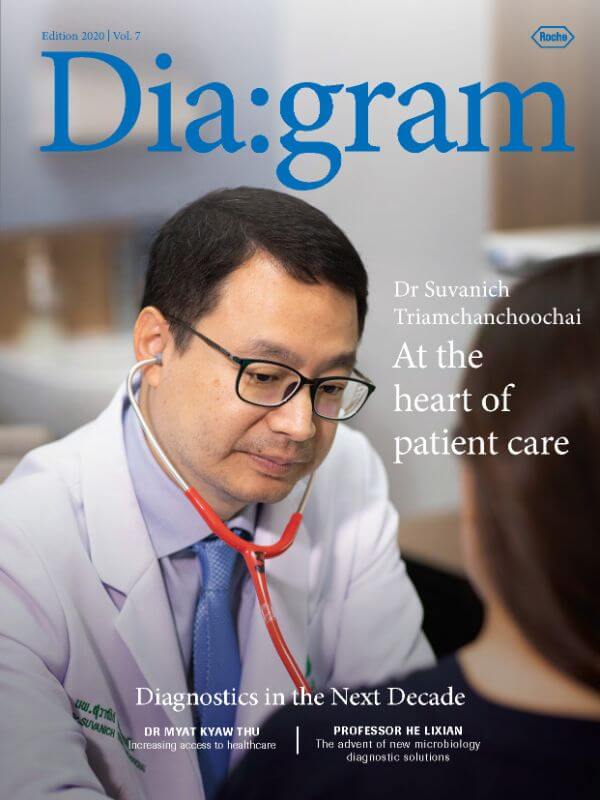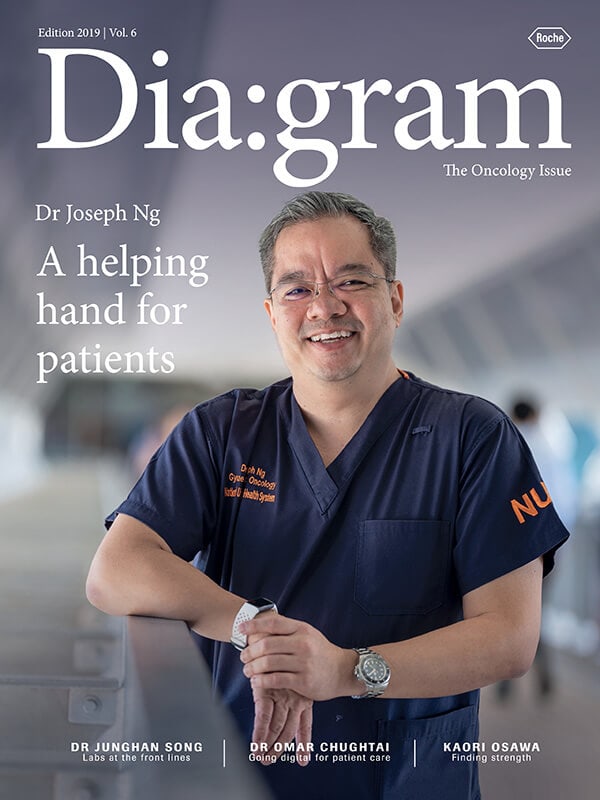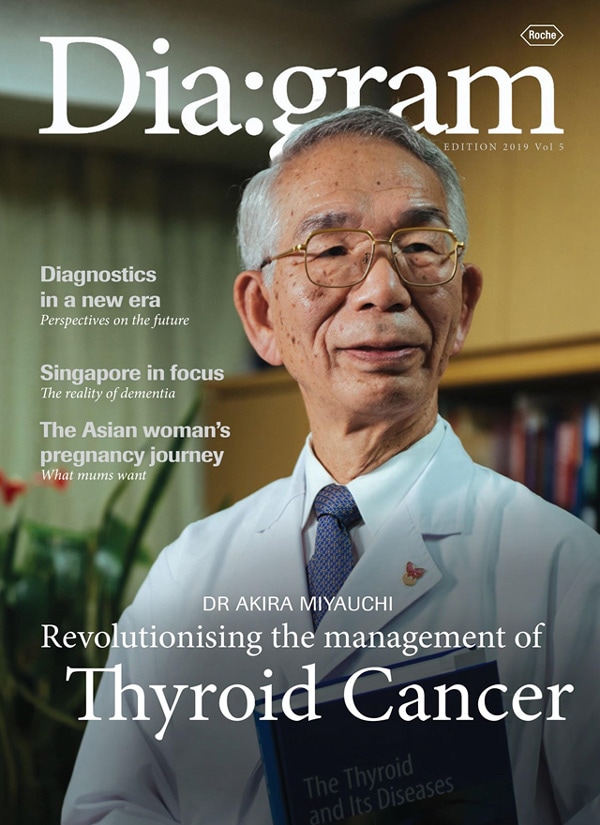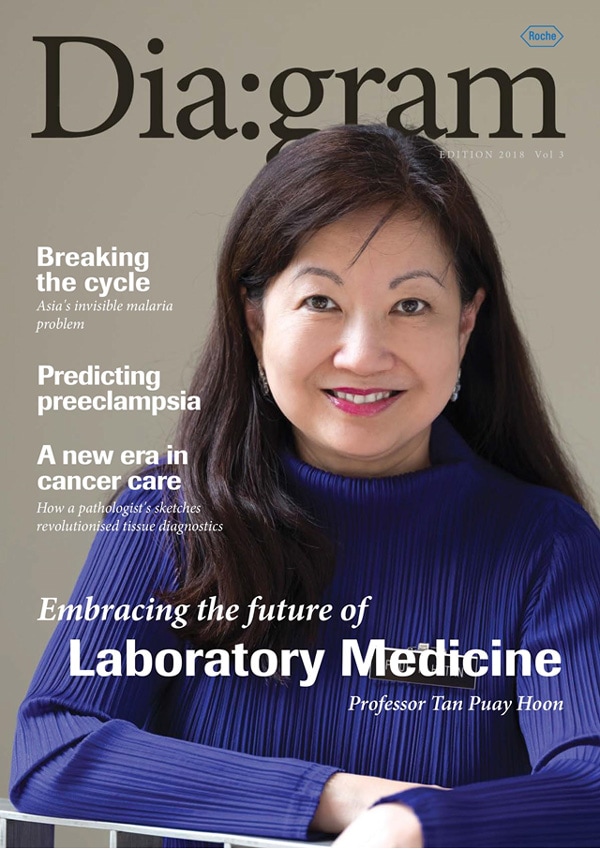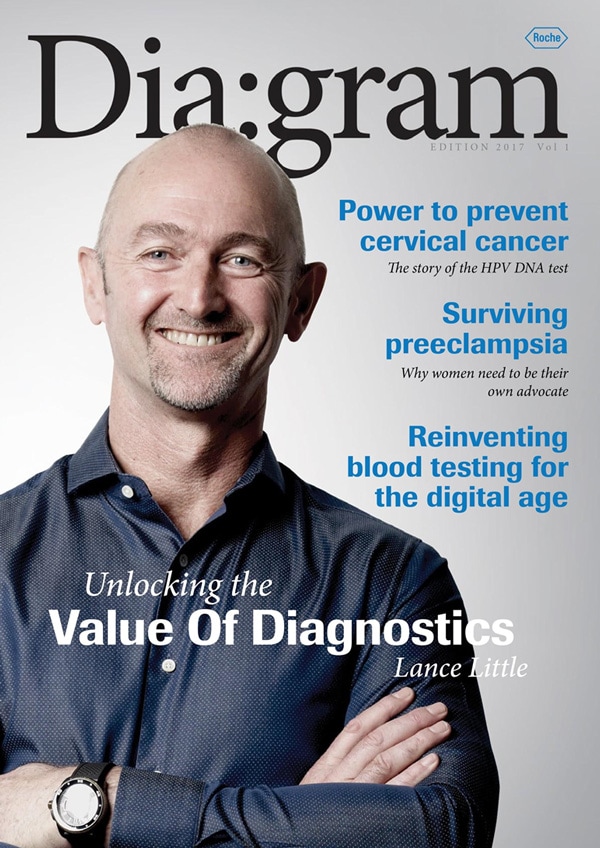Women, who are still the main caregivers in the majority of families, have a leading role in healthcare decisions for both themselves and their families. Every woman should feel empowered to have an active and informed role in her own health care decisions, from prevention through to treatment. However, women are faced with inequities in treatment, care and access to healthcare and this has implications on their health and their ability to take care of themselves.
Addressing inequities in women’s healthcare is a complex task that requires concerted efforts. Deeply ingrained societal norms and cultural beliefs can perpetuate gender bias and discrimination, affecting access to healthcare and decision-making power. According to the Roche 2024 APAC Women’s Health Study, 44% of women in the region have postponed or skipped doctor visits due to responsibilities like childcare. Balancing multiple roles and responsibilities often leads to neglecting one’s own health.
A lack of education and awareness campaigns contributes to the perpetuation of myths and stigmas surrounding women’s health issues. Approximately 37% of women believe that undergoing such screenings is shameful or embarrassing. This stigma can prevent women from seeking early detection and treatment, leading to adverse health outcomes for a preventable disease.
Existing healthcare systems may not be adequately equipped to address the unique health needs of women, requiring policy changes and training for healthcare providers. Overcoming these challenges requires a multi-faceted approach involving education, policy reforms, community engagement, and collaboration between stakeholders.
It is crucial for governments, healthcare providers, and communities to work together. By prioritising women’s health and addressing these inequities, we can ensure a brighter and healthier future for all in the Asia Pacific region. We have a long-term commitment to drive meaningful change. Through developing partnerships, effectively engaging women in our region, and educating everyone on the value of screening as a preventative measure, we can help to close the gaps in women’s health for better health outcomes for everyone.

